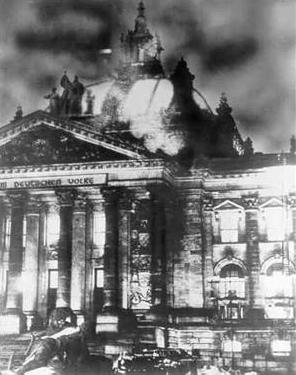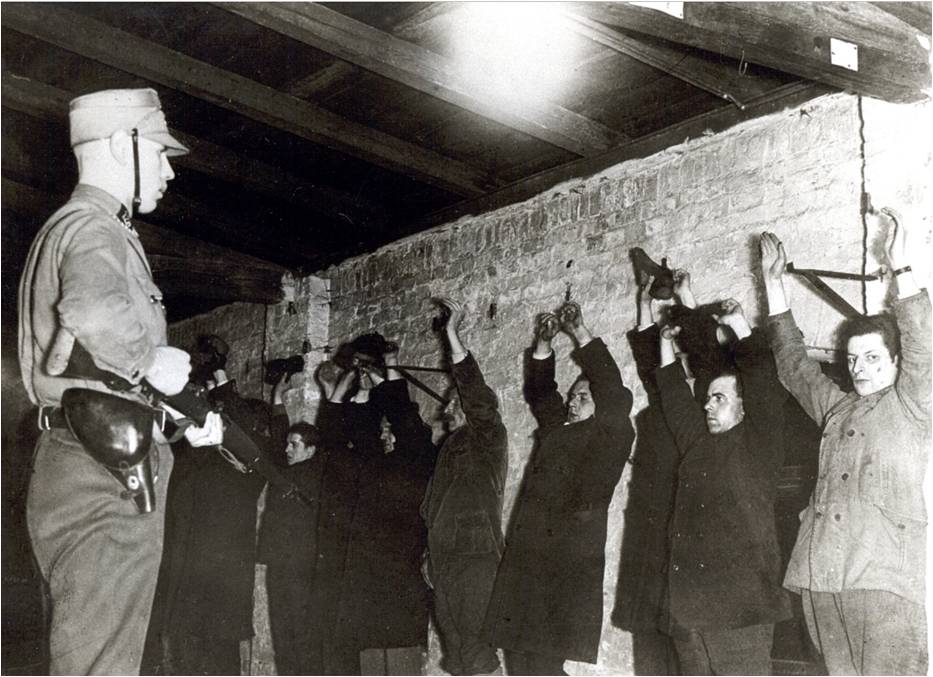On the 27th of February, the Reichstag building, the German House of Parliament, burnt down, a case of arson that would nowadays be called a terrorist attack. The Nazis blamed the Communists for this act and took it as a pretext for suspending fundamental rights. They urged President Hindenburg to issue the “Emergency Decree for the Protection of the People and the State”, the so-called Reichstag Fire Decree. Referring to this decree, the Gestapo – the Secret State Police - could take any citizen into “protective custody”.
It is worthwhile to analyze this pivotal event in the process leading to a totalitarian dictatorship. The decree referred to article 48 of the constitution that authorised the President to take the measures necessary to re-establish law and order, if need be using the armed forces and to suspend the fundamental rights. The original intention of the constitutional assembly had been that the article should enable the state to function in times of uprising or civil war. It had been used in times of crisis in the founding years of the Weimar Republic and after 1930. Now it was used to abolish permanently fundamental rights.
 Let me quote from the decree:
Let me quote from the decree:
“On the basis of Article 48 paragraph 2 of the Constitution of the German Reich, the following is ordered in defence against Communist state-endangering acts of violence:
§ 1. Articles 114, 115, 117, 118, 123, 124 and 153 of the Constitution of the German Reich are suspended until further notice. It is therefore permissible to restrict the rights of personal freedom, freedom of opinion, including the freedom of the press, the freedom to organize and assemble, the privacy of postal, telegraphic and telephonic communications, and warrants for house searches, orders for confiscations as well as restrictions on property, are also permissible beyond the legal limits otherwise prescribed.”
In the following paragraphs the government was authorized to take all necessary measures to restore public security and order. Anyone who contravened orders given by the government would be very severely punished, in certain cases even with the death penalty.
The decree was immediately used to crush political opposition. About 40,000 political opponents fled to neighbouring countries, thousands were imprisoned and tortured by Storm Troopers, more than 45,000 were taken to concentration camps (in 1933 altogether: 80,000). The section of the camps where the prisoners lived, was not by chance called “camp for protective custody”; according to the decree “the People and the State” were protected, not the prisoners.

The consequences of the decree went far beyond affecting the original target group. I’ll go into greater detail here and show some primary source material, because it demonstrates the possible dynamics of human rights violations. We can see how the deprivation of rights for one group under certain conditions undermines the rights of many others, finally of almost everybody. People who believed in 1933 that “the communists deserved it” could find themselves later in the same concentration camp. In other words: people learned that tolerating the discrimination and persecution of others paved the way for the loss of their own rights.
